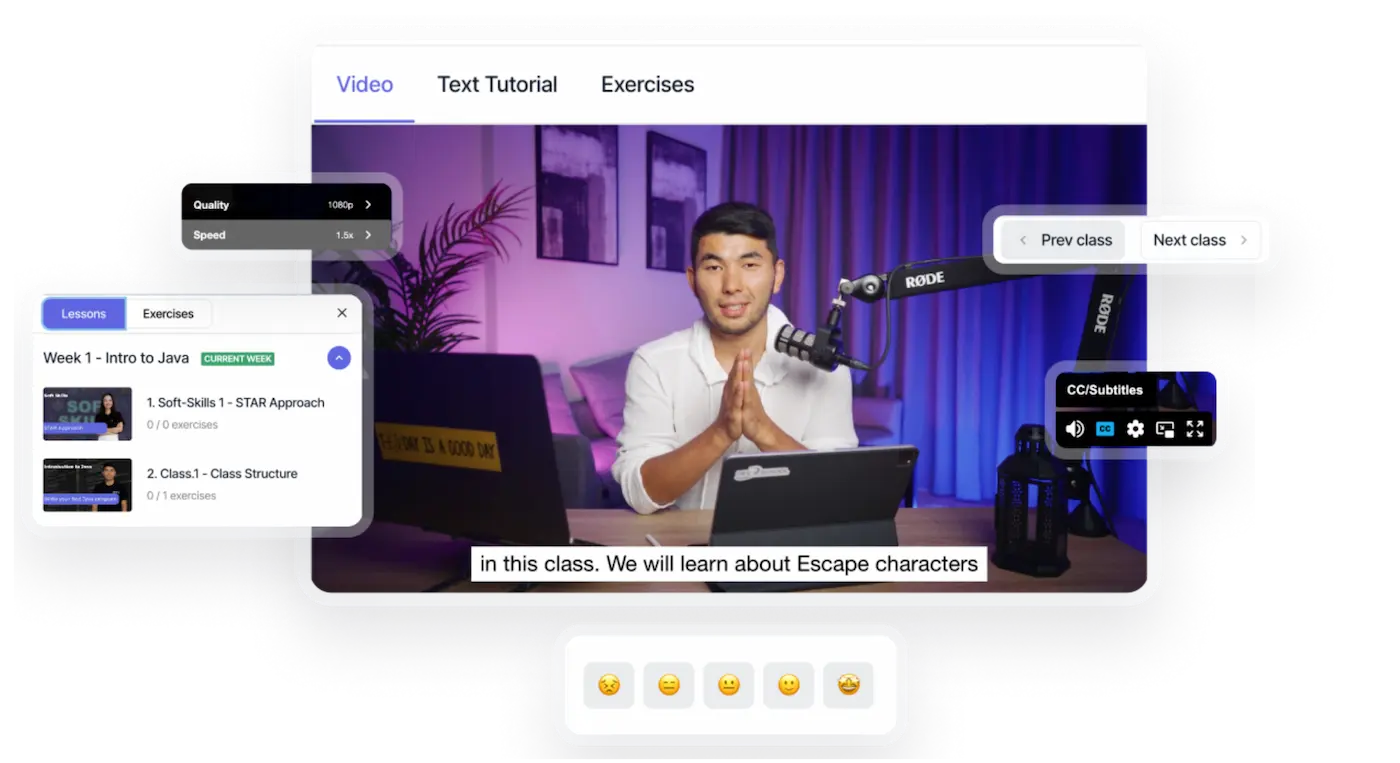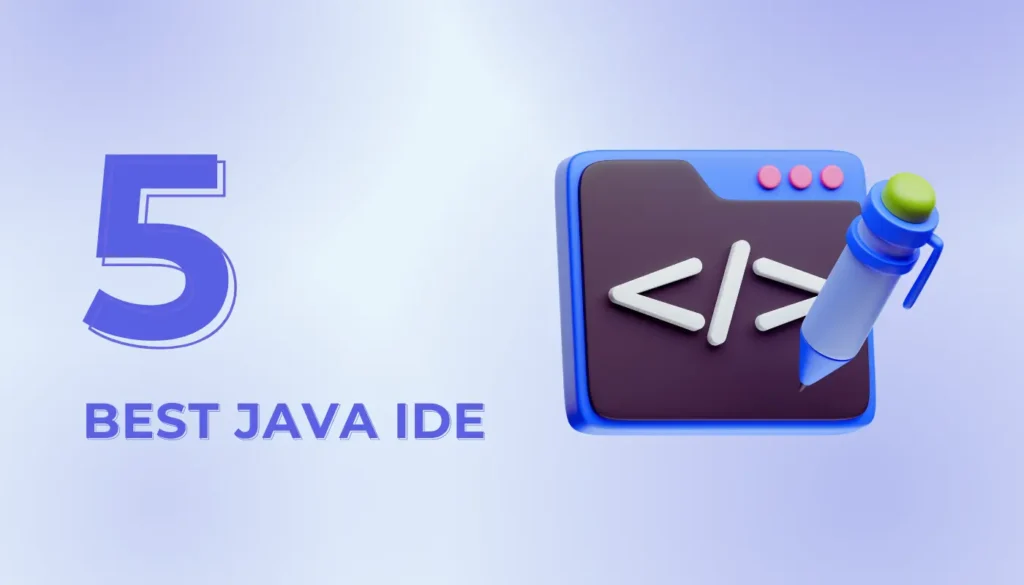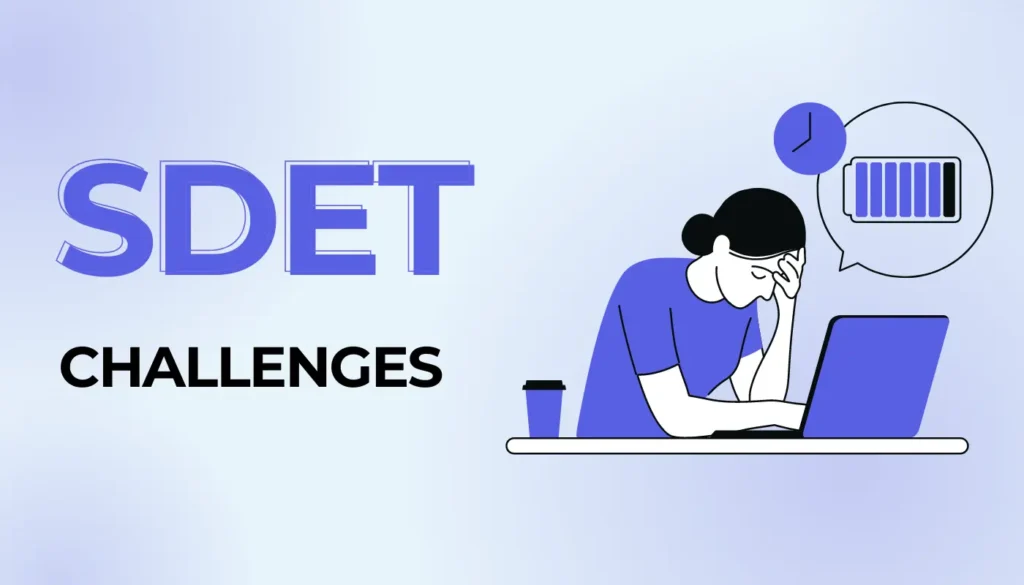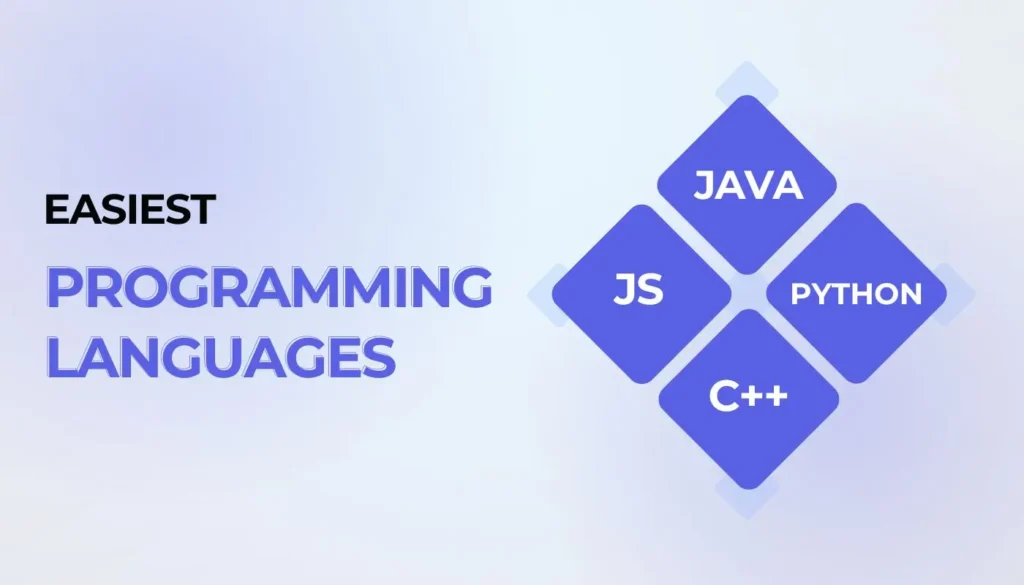Mastering the Code and Conquering the Test Pyramid
Tempting winds of change are swirling, whispering the allure of new challenges and wider horizons. You, a seasoned (or not so much) manual QA adept, are ready to embark on a thrilling quest: the transformation from test execution champion to coding-wielding SDET. But between the familiar haven of click-testing and the shimmering oasis of automated prowess lies a treacherous terrain of learning curves and paradigm shifts. Fear not, brave adventurer! Well, maybe a little, it’s not easy, after all! This simple guide will equip you with the tools and tactics you need to navigate this exciting journey to SDET mastery. Before you start though, ask yourself that question one more time – Are you certain that becoming SDET is a good career path for you? There is no good in becoming one just for the sake of it.
Step 1: Laying the Programming Foundation
Imagine your future arsenal. Automated scripts, crafted with surgical precision, will dissect software under your command. The foundation for this arsenal? Programming languages, your new allies in the battle against bugs. Start by befriending a friendly, versatile language like [Python or Java]. Online tutorials, books, and beginner-friendly courses will be your initial training grounds. Don’t be intimidated by syntax and brackets – think of them as a secret code, a language only you and your software can understand. Soon, you’ll be writing basic scripts, like miniature testing robots scurrying through code, verifying every click and swipe with newfound confidence.
Step 2: Try online courses
Transitioning is hard, especially if you worked within a certain field for quite some time. Education is a lifelong commitment and learning how to learn is an important aspect for every ambitious person. In the digital era, it’s very easy to find any kind of courses nowadays, paid & free, short and long, beginner-friendly, and for specialists only. Online blogs are also a good beginner source for understanding the basics of automation testing and methodologies.
Step 3: Scaling the Testing Pyramid

Remember the unit tests, those tiny watchmen guarding the base of the testing pyramid? Master them first. Dive into frameworks like JUnit or TestNG, learning the art of isolating and testing individual units of code. This meticulous attention to detail will hone your analytical skills and lay the groundwork for larger tests to come. As you ascend the pyramid, conquer integration tests, bridging the gap between units and larger functionalities. Finally, reach the summit with end-to-end tests, simulating real-world user journeys and ensuring seamless experiences from login to logout. Each level conquered strengthens your foundation, preparing you to become the architect of bulletproof software.
Step 4: The Automation Armory
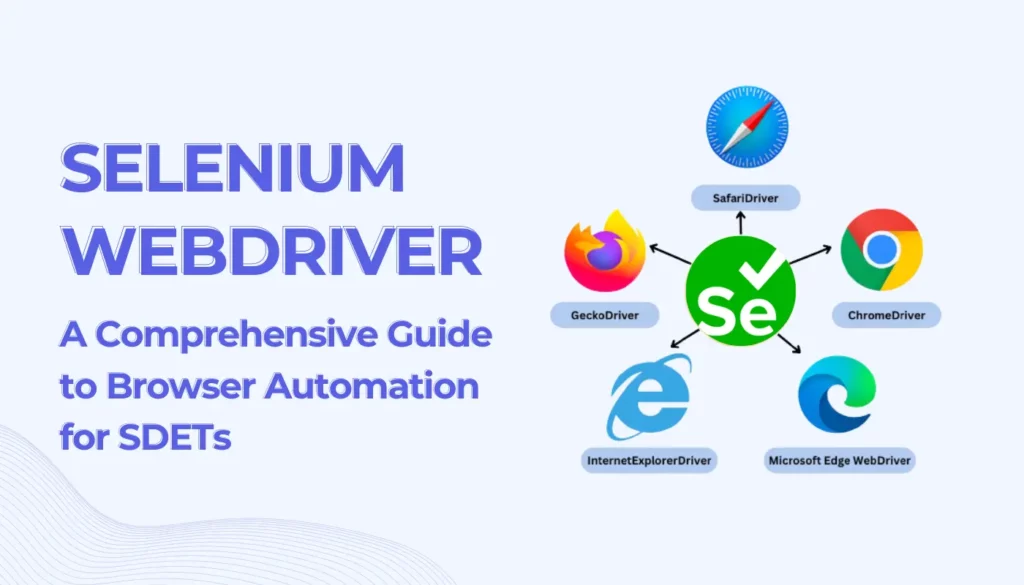
Selenium will be your trusty broadsword, its webdriver slicing through web interfaces with pixel-perfect precision. Learn its commands, its locators, its quirks and strengths. Then, explore frameworks like Selenium WebDriver or Cypress, adding automation muscle to your repertoire. Remember, automation isn’t a magic wand; it’s a tool that requires finesse and understanding. Don’t just write scripts – debug them, analyze them, refine them. Make them extensions of your testing will, extensions that tirelessly hunt down bugs while you strategize your next move.
Don't know where to start your tech career?
We are here for you! Schedule a free call with our consultant for personalized advice on achieving your learning goals
Step 5: Communication - The Bridge Between Worlds
Your journey isn’t a solitary trek. You’ll be a diplomat, a translator, a bridge between the worlds of code and stakeholders. Hone your communication skills, learning to articulate complex technical concepts in clear, concise language. Master documentation, crafting reports that not only highlight bugs but also propose solutions and improvement strategies. Remember, even the most eloquent script is powerless without effective communication. Be the interpreter, the voice of reason, the one who ensures everyone – from developers to managers – understands the software’s story, its strengths and vulnerabilities. Remember it’s always better to have notes, left by a previous developer or tester, than to have none. Be courteous and leave some for your successor.
Step 6: Embrace the Growth Mindset
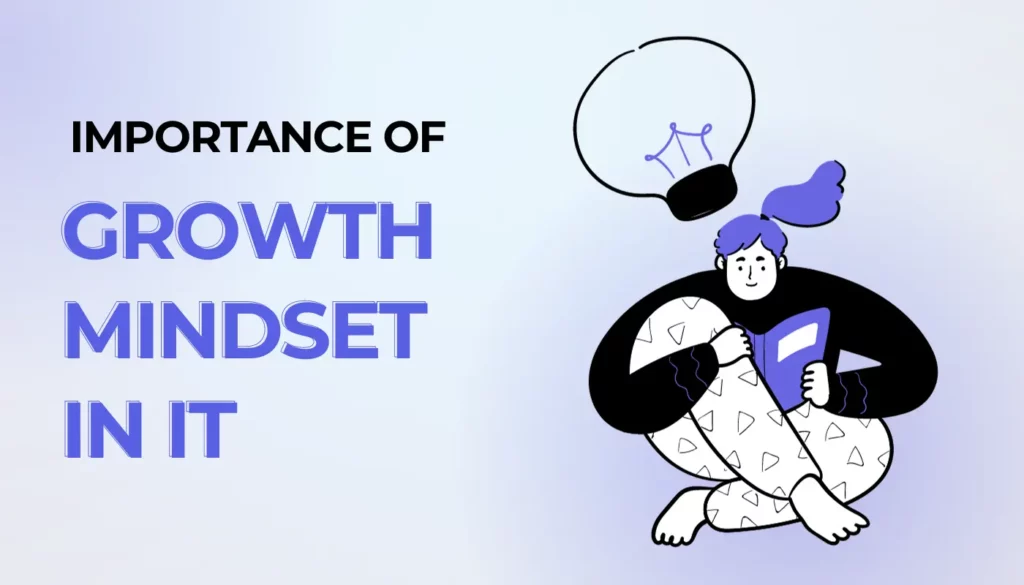
The path to SDET mastery is a continuous climb, not a destination. Be prepared to learn, to stumble, to adapt. Embrace challenges as opportunities to stretch your skills and expand your knowledge. Online communities, forums, and conferences will be your fellow adventurers, sharing their experiences and guidance. Seek mentors, seasoned SDETs who have conquered the climb and can offer invaluable insights. Remember, even the mightiest SDET was once a curious beginner.
You can find out more about the crucial importance of a growth mindset
Step 7: Stay Updated on the Latest Trends For Automation Tools
Staying ahead of the curve in your QA domain means constantly fueling your knowledge engine. But where do you find the hottest new tools and techniques? Forget dusty textbooks and cryptic manuals. Brace yourself for a quick tour of your digital learning havens:
1. Newsletters: Subscribe to curated weekly digests by industry experts.
2. Tech Blogs: Dive into the trenches with passionate developers and SDETs sharing their firsthand experiences. Think of them as your digital wise companions, swapping stories and insights about the latest tools that are setting the QA world ablaze.
3. X (Twitter): X is not only for tweeting about cat videos or pesky politics. Follow thought leaders, influencers, and even automation companies. Let the Twittersphere (Xsphere?) be your real-time newsfeed, buzzing with announcements, reviews, and heated debates about the newest contenders in the automation arena.
4. LinkedIn: Network with fellow QA professionals and SDETs in your domain. Join active groups, participate in discussions, and connect with individuals who are already wielding the latest tools. Remember, sometimes the best intel comes from your peers.
5. YouTube: Visual learners, rejoice! Countless channels offer tutorials, demos, and in-depth reviews of cutting-edge automation tools. Watch the experts dissect features, test functionalities, and share their tips and tricks. Think of it as a virtual bootcamp for your automation skills.
The Final Quest
As you embark on this transformative journey, remember why you started. The thrill of crafting automation that dances through code, the satisfaction of identifying vulnerabilities before they wreak havoc, the joy of collaborating with passionate minds to build software that delights and empowers – these are the rewards that await you. So, don your coding cloak, sharpen your analytical blade, and embrace the adventure. The path from manual QA to SDET may be challenging, but the summit offers a breathtaking view of a world where technology meets creativity, and you, the brave SDET stand as its proud architect.


